Two white dancing boots march out onto the Woodrow Wilson football field. Once they reach their destination, they turn toward the crowd and two silver pom-poms shimmer above them. Bright stadium lights flash onto the field and with the illumination comes a soft heat. Suddenly the pom-poms shoot up, boots start moving and the Wildcat band plays a familiar tune.
The ‘Sweethearts’ drill team performs its perfected halftime routine, each girl in sync and smiling bright. But what an onlooker may fail to notice is the one girl who stands out from the rest.
All her life she had always been the different one. The girl’s peers thought just because she couldn’t hear them, they could poke fun at her. But this wasn’t the full extent of the harsh treatment she received.
She had to combat teachers as well.
Later on in life the girl would become American Sign Language teacher Candice Dodson. For her, the drill team was just the first of many triumphs.
“I enjoyed parts of [high school], even the drill team instructor was kind of a bully,” Dodson said. “She didn’t believe in me, so I had to fight for my place on the drill team. Most teachers were good; there were just some who didn’t take the time to get to know me or care about me.”
Despite the many challenges she faces every day, she has turned around all of the negatives in her life and made them benefit her. Now Dodson teaches ASL to high school students and has transformed her disability into an advantage.
“I’m hoping to inspire others to be an advocate for the deaf community,” Dodson said. “[Because of] all of the people in the field that work with deaf people I probably wouldn’t be here today without those jobs. I enjoy students who are into the language and into the deaf culture. It inspires me to think outside the box.”
At only 13 months her small, fragile body caught meningitis, and for the first critical 24 hours, her parents didn’t know if their young daughter was going to make it. But after the infection healed, Dodson was left with long-term effects.
“My hearing was progressive, so I had a lot of hearing when I was young,” Dodson said. “[But] once I got to high school, my hearing aids weren’t helping me.”
Her mother had a career in speech therapy so Dodson had someone around to help her adjust to the ever increasing hearing loss. She knew Dodson would need to learn another language to help her communicate with the rest of the world, but Dodson’s mom decided to stray from the traditional path.
“I grew up learning [contact signing which is] exact English,” Dodson said. “[My mom] wanted to make sure I had a good foundation in English, it’s not always the case, but she just thought that was best for me.”
Eventually her lackluster hearing wasn’t enough to keep up with her fast-paced life. By the time Dodson was enrolled in the University of North Texas, she decided to make a big change in her life.
Because her hearing aids were no longer benefiting her, it was time to take the next step. Dodson became motivated to get cochlear implants so she could regain the level of hearing she once had.
“The deaf community was against [cochlear implants] and at the time my ex-boyfriend was against it and didn’t want me to get it,” Dodson said. “So it was a big deal. I had to really research and figure if it was going to be something that would work for me.”
Cochlear implants are devices that send sound signals directly to the brain. To get the implants installed, a patient has to go through an extensive surgery for each implant they choose to get.
In addition to the surgery there is a long emotionally tolling recovery process. Dodson’s self-doubt stemmed when she went through mapping sessions, speech therapy and audiologist and psychologist appointments.
The implants act like small personal speakers inside the brain. Each doctor must do individual mapping sessions that gradually increase the intensity of the sound waves. Each session usually brings more sound to the patient.
“People think that it’s just like a miracle, oh they can hear, but it’s a process and takes time,” Dodson said. “[When] I went in to get it turned on for the mapping, I thought I made a mistake. I was like ‘Um, it’s not working.’ I knew to go in with low expectations because if I went in with high expectations I would’ve been disappointed and that would’ve just been a bad experience.”
Once Dodson fully recovered from the first cochlear implant, she began to realize her left hearing aid wasn’t doing its job. Her life, at the time, had partial hearing on one side and silence on the other.
“It’s kind of like glasses; [with one] you can only look out of one eye but with two it’s more clear, more clarity,” Dodson said. “Just having two really helped me. I was better able to locate sound.”
So two years after her first surgery, she went in to begin the process all over again for the second one.
On a daily basis, Dodson must deal with inconveniences a hearing person barely spares a glance to.
Simply because she can’t hear quiet voices people mistake her for being rude. Whether it be walking past a greeter in a grocery store or having to explain to a police officer that she is deaf, it is an accommodation she must make.
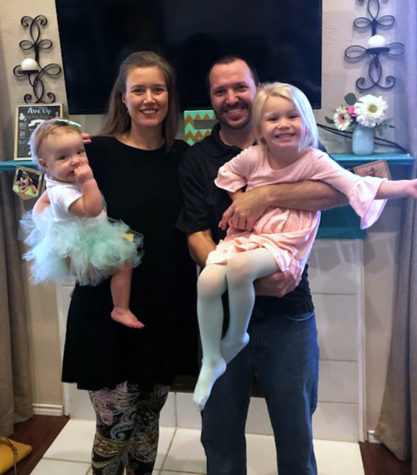
Just as she has to make accommodations in her personal life, she has to make them in the classroom.
“The students know that she doesn’t hear well and they take advantage of that sometimes,” Spanish teacher Aura Zamora said. “I don’t think she realizes [they’re making fun of her], but she knows. She tries to solve the problem. It makes me frustrated with the students.”
The same antics she dealt with when she was younger keep coming back to haunt her. But with every bad experience, there are just as many good ones.
“I think students think I can hear them because I speak so well,” Dodson said. “It’s a hidden disability so people just assume.”
Dodson’s determination to bring recognition and respect to the ASL community in her classroom and throughout the school has created a subculture of its own.
“She’s truly invested her own time into me and helping me learn more about the culture,” senior Delaney Arthurs said. “You can learn from a textbook, but learning from a person you gain more from it.”

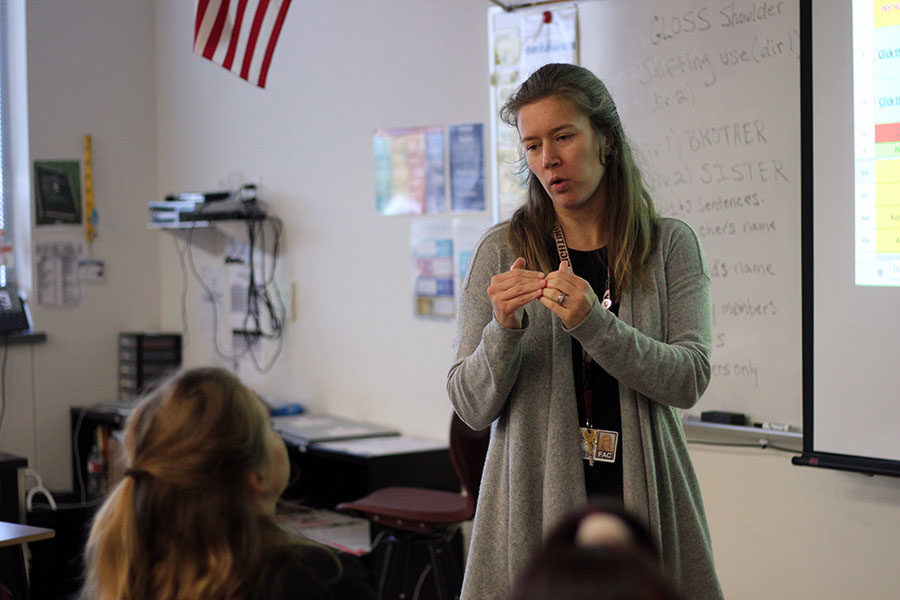
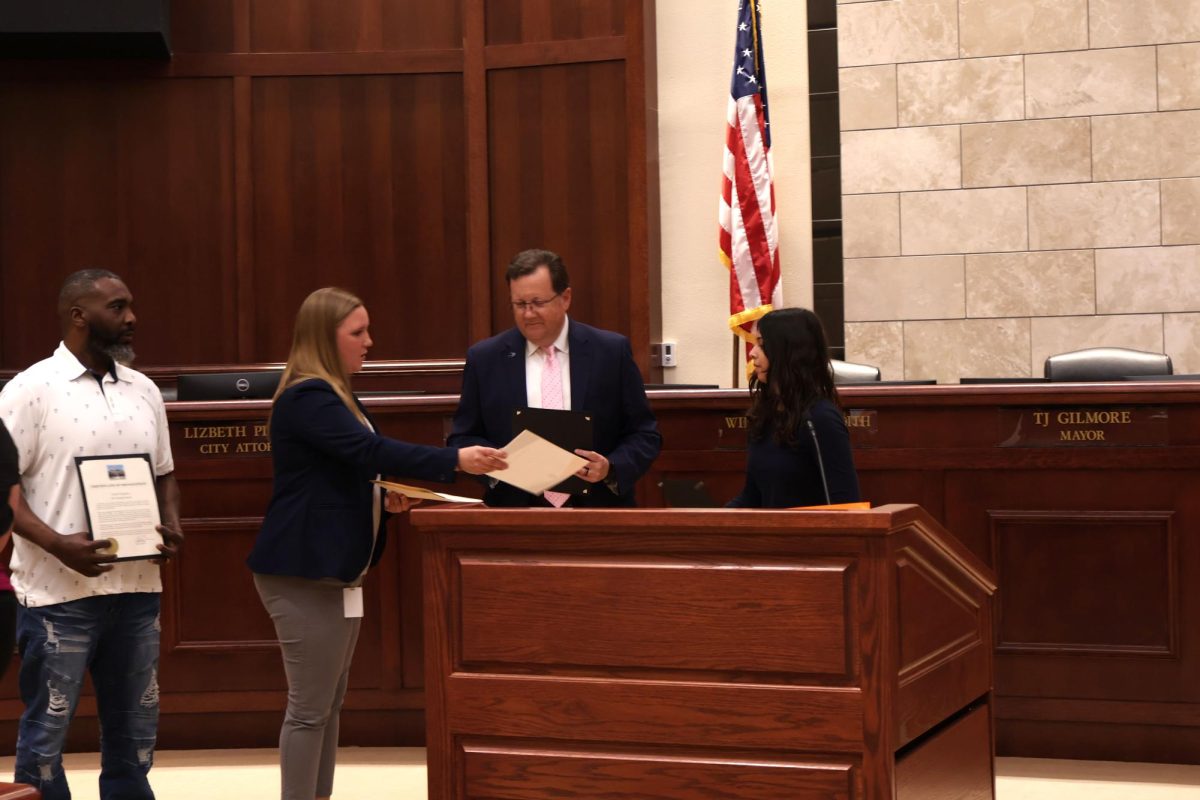
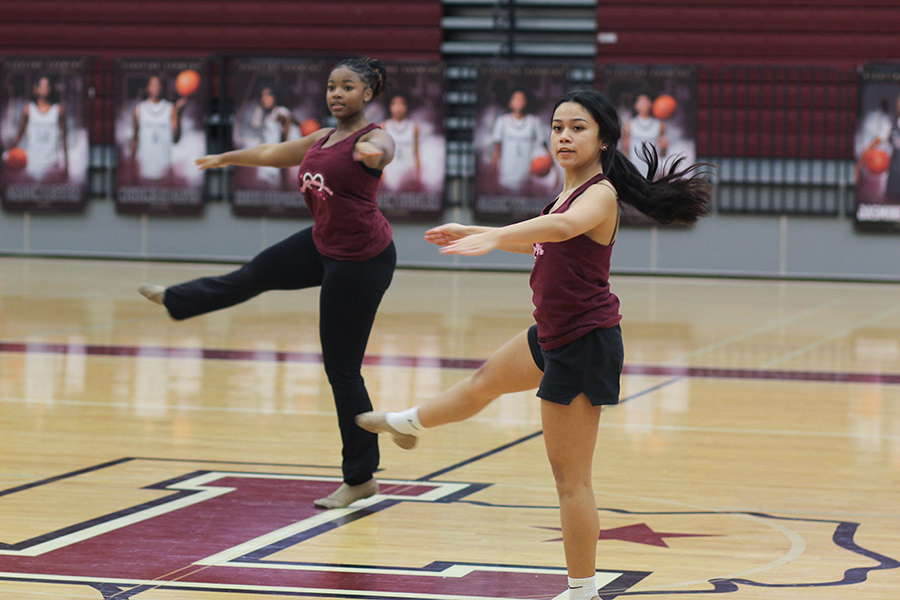


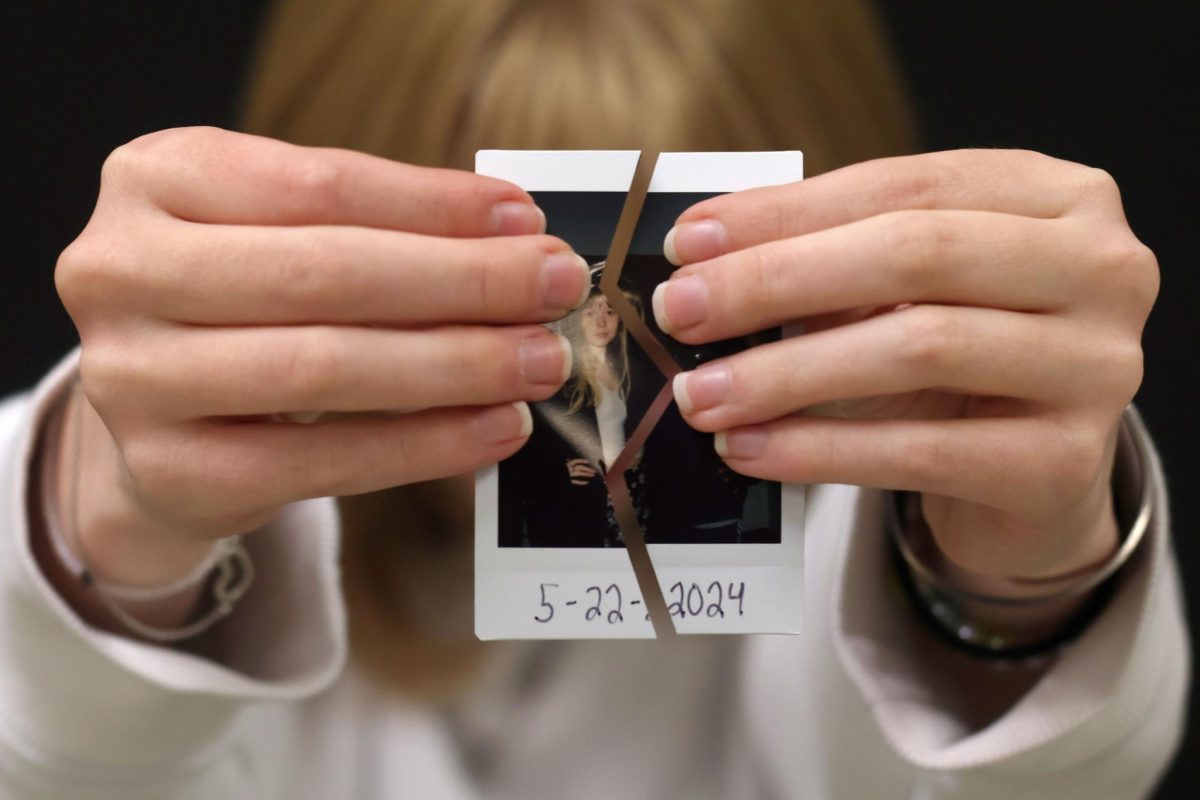
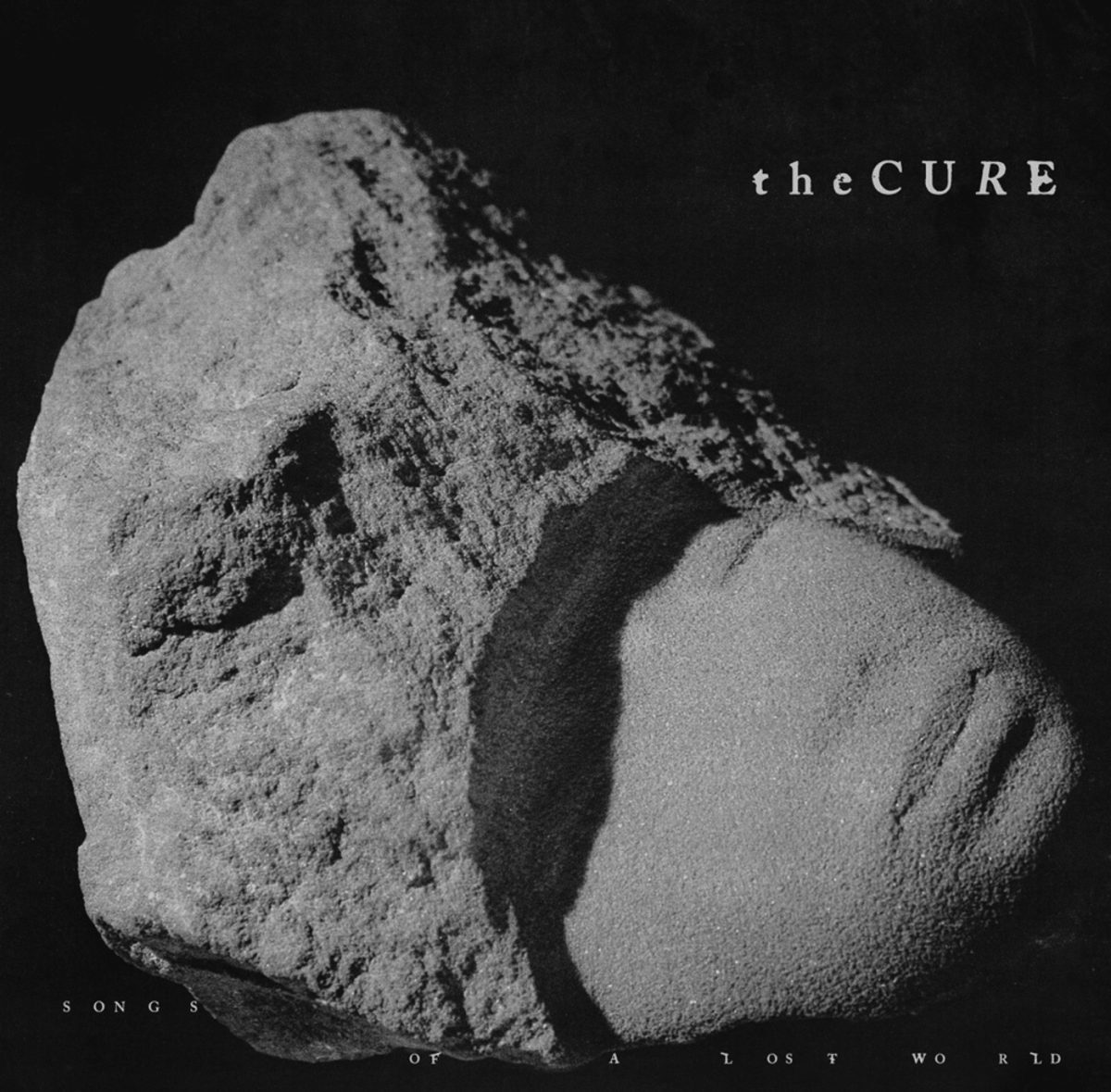
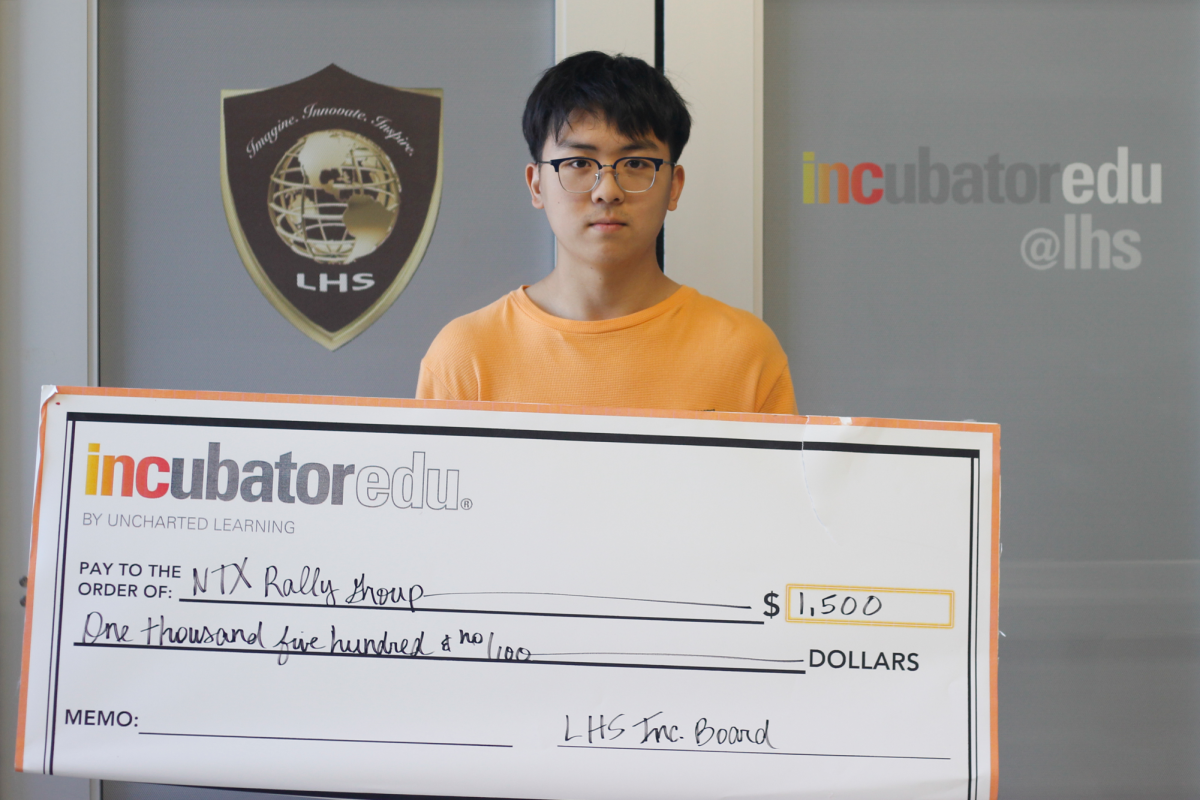
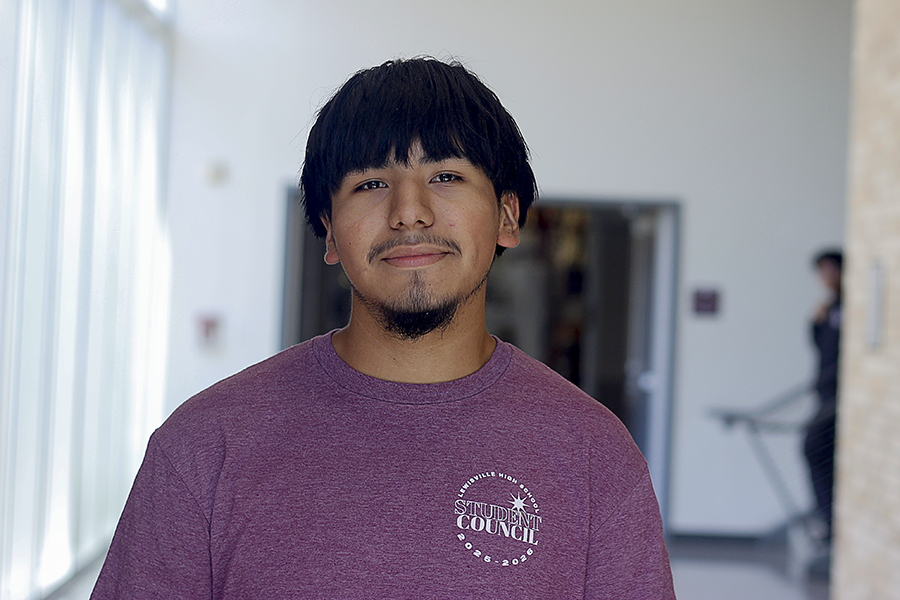
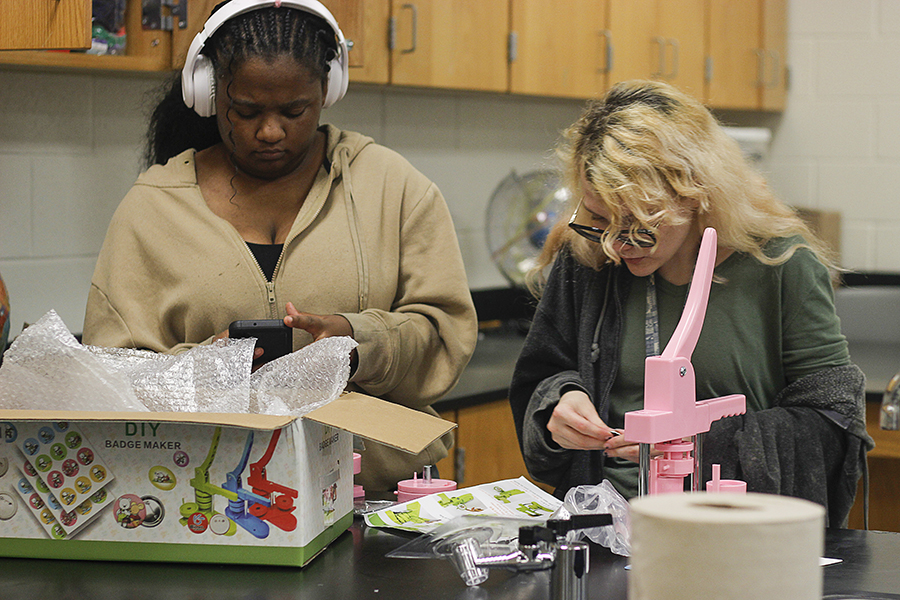
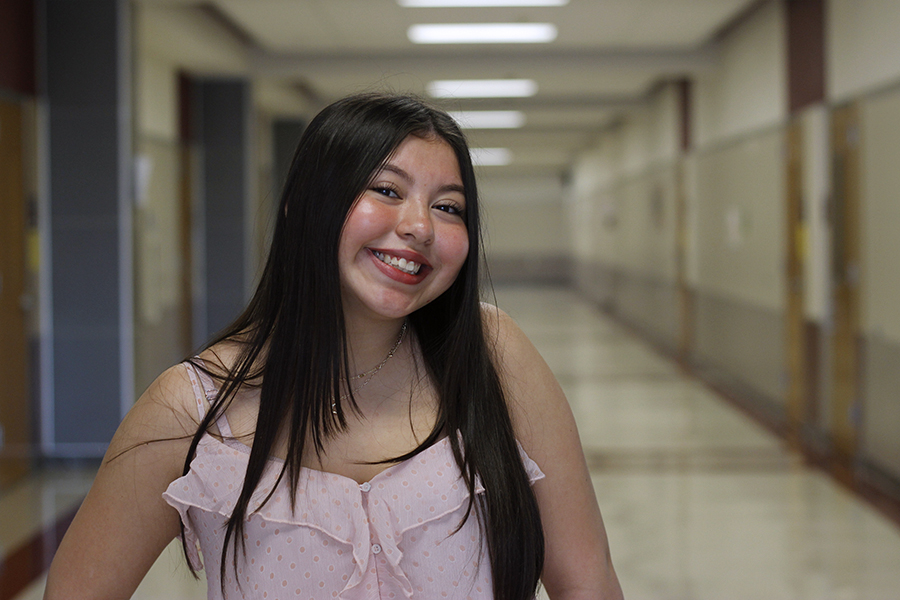

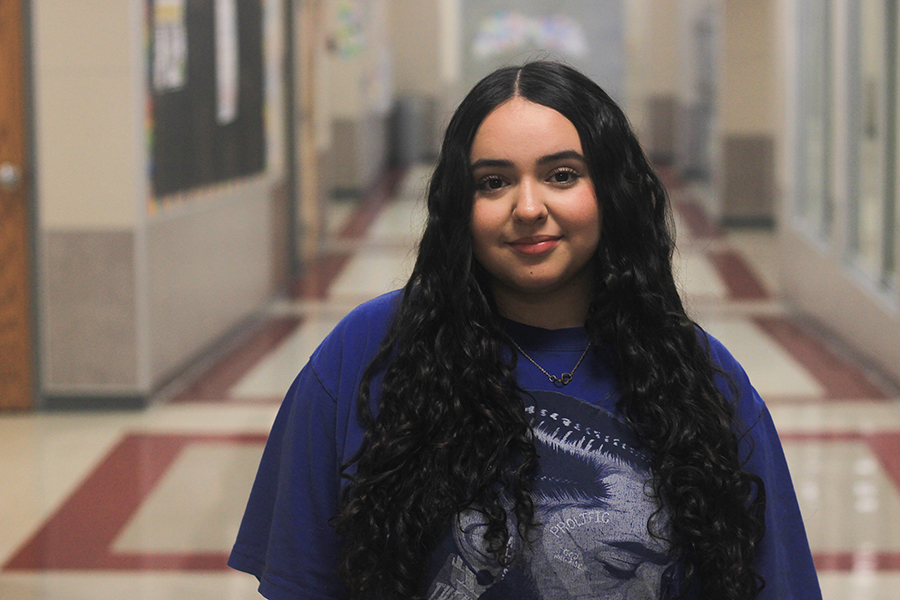

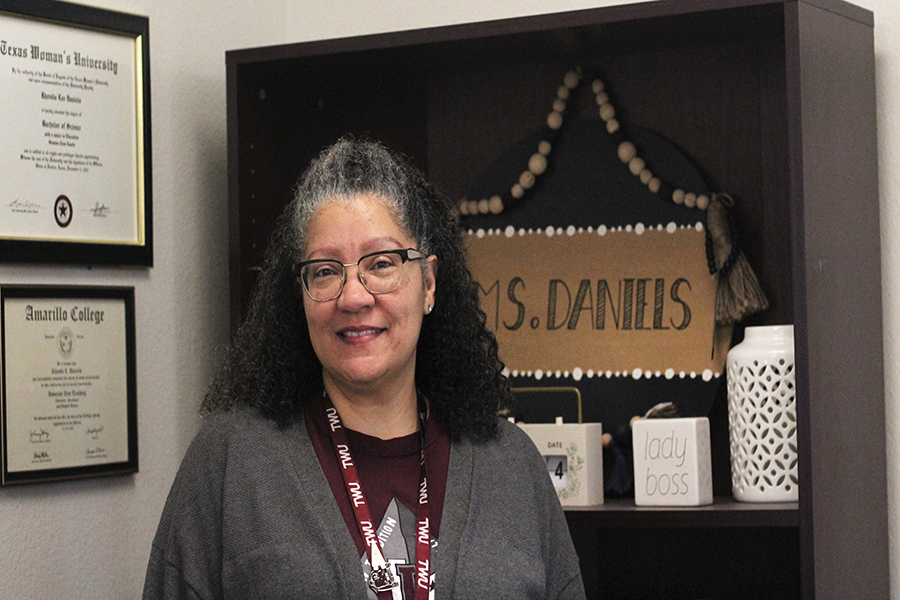
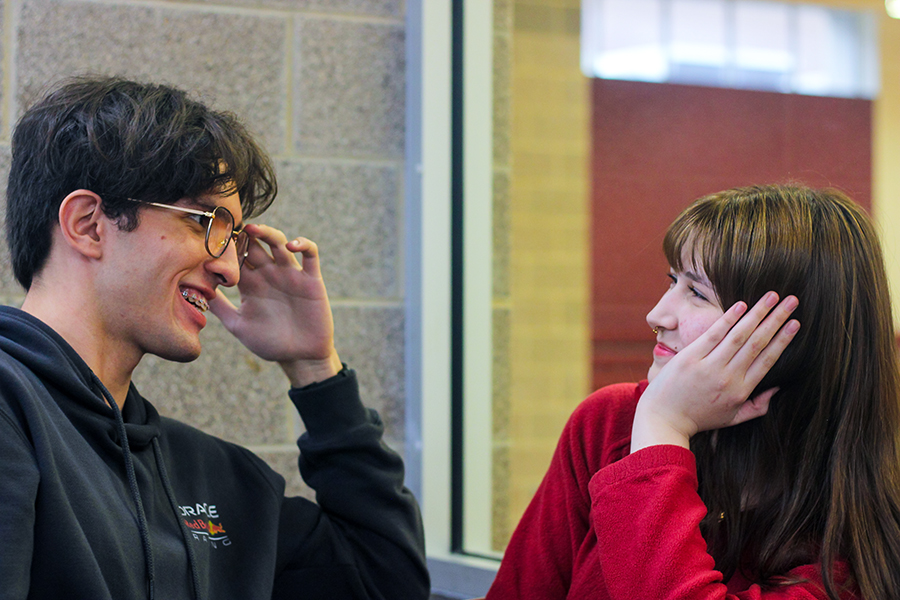
![“The feeling I get is a sense of accomplishment knowing I managed to make at least one person happy by collecting,” Blake said. “Knowing what we collect and [who] it goes toward – people get a sense of accomplishment from that.”](https://farhar.net/wp-content/uploads/2024/12/BLAKE.IMG_9951.jpg)
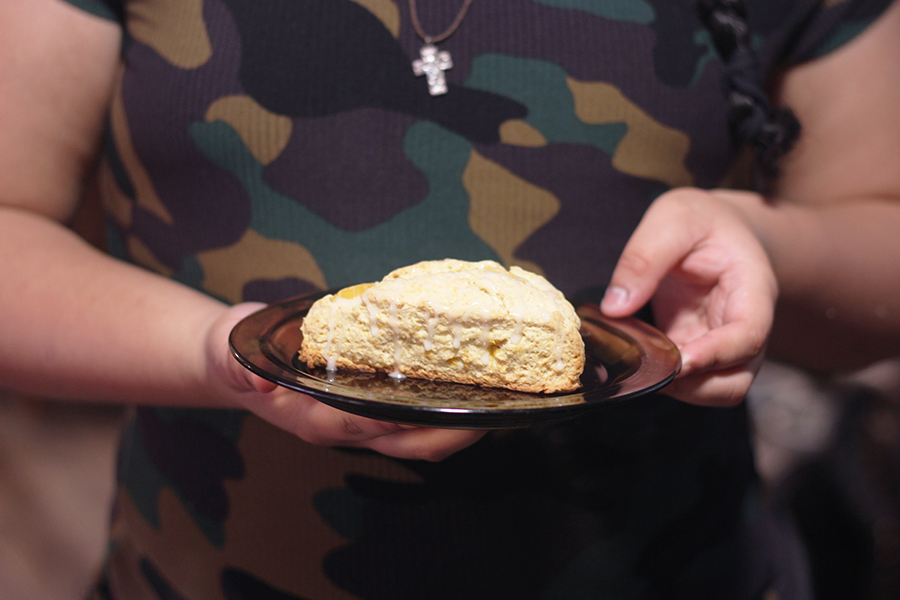
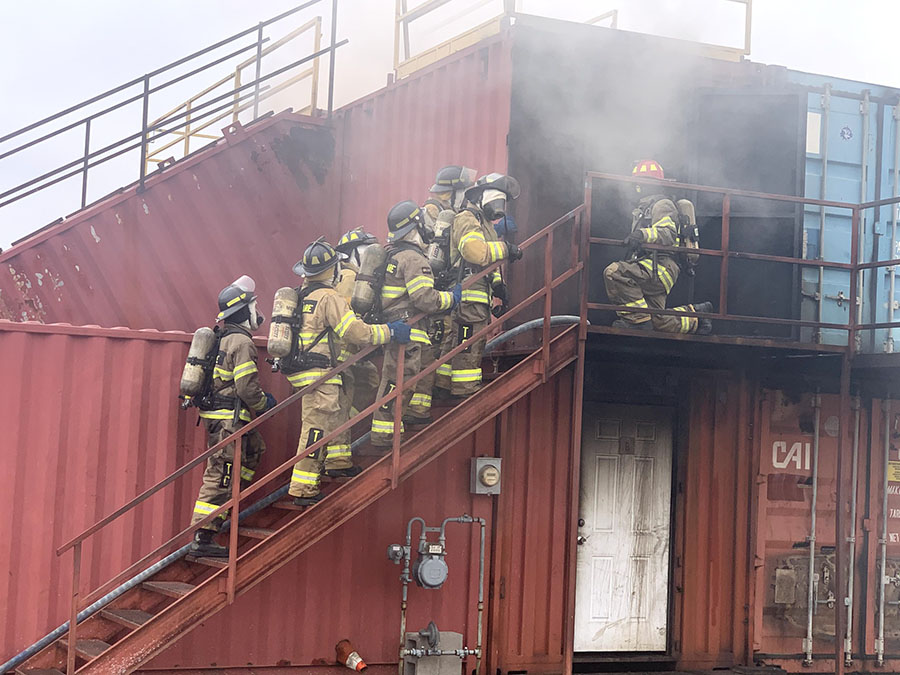
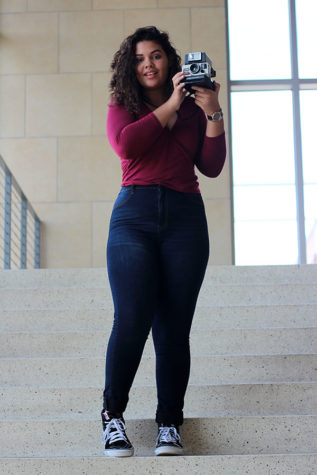
Corey Hale • Dec 11, 2017 at 5:45 PM
Outstanding storytelling in this one. Great work Jayden!
Erika (Kelley) Warren • Dec 6, 2017 at 12:02 PM
What a wonderful story! I met Candice when she was very young and I knew she was destined for great things. Her older sister, Meredith, and I played volleyball together in middle school and high school. Congratulations to you Candice on your success.
Ben Brown • Dec 6, 2017 at 1:12 AM
Amazing story and amazing person. There is a lot we can learn from her and I’m sure she has held her own and taught many great students.
Marilyn Hansen • Dec 5, 2017 at 11:49 PM
I cannot say enough good things to say about Candace Dodson. I was a friend of the family and alsoa sub teacher in her high school, she was beautiful in all ways, I watched as she supported her best friend who suffered from neiman Pick. She showed compassion. love , and friendship, Her students are very lucky.
Toni • Dec 5, 2017 at 10:46 PM
Wonderful story I worked with your mother she was amazing too.
Michal Dale (Mickie) • Dec 5, 2017 at 9:45 PM
Candice, I’m so proud of you! This is a wonderful article, and it’s so good to have an update–plus see pictures of your beautiful family.
Sending love,
Mickie (Michal Dale)
friend of Cheryl’s